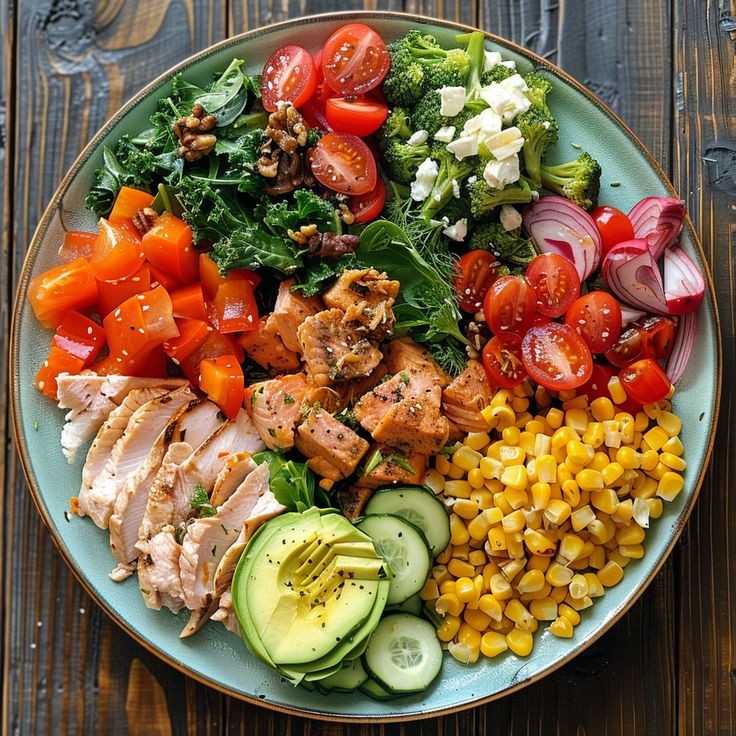
Balanced Diet Plate: What Nutritionists Recommend
LoveFoodReadyMeals – When it comes to health and nutrition, one simple question often arises: What should a balanced diet plate look like? Nutritionists agree that balance is the key to long-term wellness. It’s not about extreme restrictions but about creating meals that fuel your body with the right proportions of nutrients. The balanced diet plate has become a practical guide for anyone aiming to eat healthier without overcomplicating the process.
The Core of a Balanced Diet Plate
According to nutrition experts, a well-structured plate should include a variety of food groups. The most common recommendation is to divide your plate into three main sections:
- Half the plate: Fruits and vegetables, focusing on color and variety. These provide fiber, vitamins, minerals, and antioxidants.
- One-quarter of the plate: Whole grains such as brown rice, quinoa, or whole-wheat bread. They give sustained energy and essential nutrients.
- One-quarter of the plate: Lean proteins like fish, chicken, beans, or tofu, which help build and repair tissues.
Healthy fats — from sources like olive oil, nuts, and avocados — can also be added in moderation. Water is the preferred drink, while sugary beverages should be limited.
“Read More : Rice, Spice, and Everything Nice: The Essence of Asian Cuisine”
Why Balance Matters More Than Restriction
Nutritionists emphasize that balance prevents the pitfalls of restrictive diets. Cutting out entire food groups may lead to deficiencies and unsustainable habits. A balanced plate ensures that your body receives macronutrients (carbs, proteins, fats) and micronutrients (vitamins and minerals) in harmony. This approach supports energy levels, mental clarity, and long-term health.
“Read More : The Sims 4 “Adventure Awaits” Expansion: Leaked Details Fuel Fan Excitement”
Practical Tips to Build Your Plate
- Fill half your plate with colorful vegetables at lunch and dinner.
- Choose whole grains over refined options whenever possible.
- Add plant-based proteins at least a few times per week.
- Use smaller plates to naturally control portions.
- Stay hydrated and minimize sugary or processed foods.
A balanced diet plate isn’t about perfection — it’s about consistency and mindful choices. By following the proportions recommended by nutritionists, you can enjoy meals that are nourishing, satisfying, and sustainable. The beauty of this method lies in its flexibility: you can adapt it to your culture, lifestyle, and preferences while still supporting your health goals.